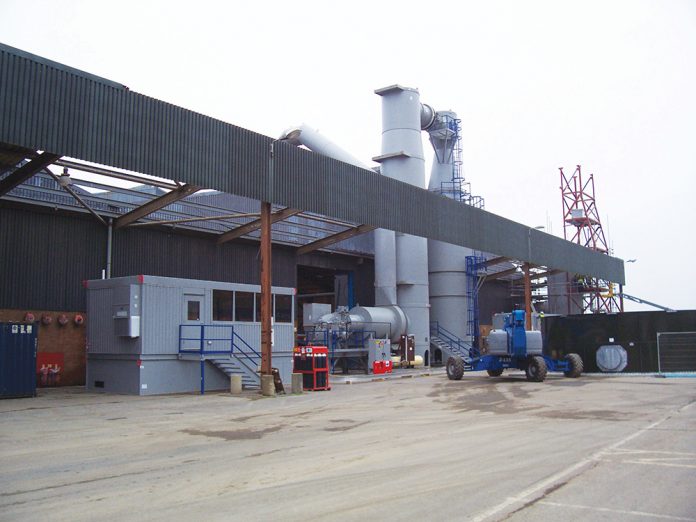Valuable tax relief associated with the remediation of land and buildings is going unclaimed due to a lack of awareness from commercial property owners, investors and developers.
That is the view of David Purvis, a land remediation expert at ZLX Business Solutions. He believes that the tax relief can provide a vital lifeline for businesses and individuals in the current economic climate.
David, the company’s commercial director, oversees the provision of tax compliance, land remediation tax relief, raising finance, restructuring, and market repositioning for clients across multiple sectors, including energy, manufacturing, construction and agriculture.
He said: “Land remediation relief (LRR) is an HMRC scheme which can provide 100% relief from corporation tax plus an additional deduction of 50% for qualifying expenditure made by the company in cleaning up land or buildings acquired from a third-party in a contaminated state.
“Land and property owners that have incurred costs to treat or remove contaminants within the past three years could be eligible to make a claim, provided the land was acquired for the purpose of trade or business.
“Your business may qualify for LRR if you have had to clean-up land or buildings which are in a contaminated state because of previous industrial activity and which have the potential to cause relevant harm, such as adverse health impacts or water pollution.
“This tax relief is available for numerous decontamination measures on both land and buildings, including:
- remediation of contaminated soil and water
- removal of asbestos
- breaking-out buried structures
- treatment of naturally-occurring contaminants such as radon and arsenic
- removal of invasive plants such as Japanese knotweed
“There are clear guidelines on what is considered qualifying expenditure regarding LRR claims. Some of these main qualifying activities are the capital expenditure, including the cost of plant and machinery, employment and labour costs, risk assessments, laboratory costs for the analysis of the contaminants, and preparatory activities including consultancy fees and even regulatory liaison costs.
“There are certain exclusions in which you cannot claim back LRR, however. Most notably, if the contamination was caused by the claiming company, the acquisition cost of the land was discounted because of the contamination, or if the cost of remediation was grant funded.”
ZLX Business Solutions possesses in-depth understanding of every aspect of tax legislation and a deep working knowledge of the LRR scheme. As a result, its team effectively guides customers through the process to ensure the best possible outcome is achieved when submitting your claim.
ZLX can assist with submitting your LRR claim for completed developments, either alongside your annual tax return or as an amended return for the relevant accounting period. The time limit for retrospective claims is two years from the year-end within which the expenditure was incurred.
With offices in Glasgow and Aberdeen, the company’s experienced management team, including experts in legal, accountancy and technical disciplines, identify projects eligible for R&D tax credits, land remediation tax relief or capital allowance tax relief and help navigate clients through the claims process.






